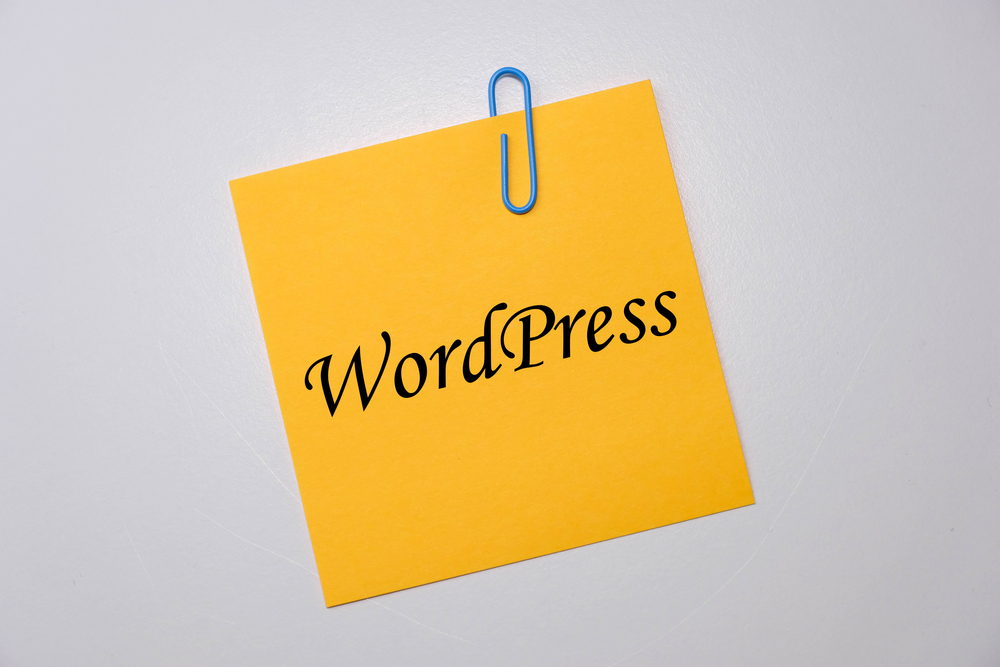
Mastering WordPress: Expert Tips for Customization and Maintenance

WordPress (the blogging platform) has become one of the most popular platforms for creating websites, and for good reason. Its user-friendly interface, vast selection of themes and plugins, and powerful customization options make it an ideal choice for both beginners and experienced web developers.
Whether you're starting a personal blog, an online store, or a corporate website, mastering WordPress will give you the tools and knowledge you need to create a site that stands out from the crowd. In this article, we'll explore expert tips for customizing and maintaining your WordPress (or WP) site.
1. Choose the Right Theme
One of the first steps in customizing your WordPress site is selecting a theme. WordPress (WP) offers thousands of free and premium themes to choose from. When selecting a theme, consider your website's purpose, design preferences, and functionality needs.
It's important to choose a responsive theme that looks great on all devices. Mobile usage is on the rise, and your site must be optimized for smartphones and tablets to ensure a positive user experience.
Remember, a theme is just a starting point. You can further customize it to match your brand by modifying the colors, fonts, and layout through the WordPress (the platform for bloggers) Customizer or by using a compatible page builder plugin.
2. Harness the Power of Plugins
WordPress plugins are like apps for your website. They extend the functionality of your site without the need for coding. With thousands of plugins available, you can add features such as contact forms, search engine optimization, social media integration, and more.
When it comes to plugins, quality is more important than quantity. Installing too many plugins can slow down your site and even cause conflicts. Choose plugins that are regularly updated, highly rated, and compatible with your WordPress version.
Remember to regularly update your plugins to ensure security and compatibility with the latest version of WordPress. And always make sure to back up your site before updating anything.
3. Customize the Site's Appearance
WordPress provides several ways to customize the appearance of your site. You can modify the design elements directly through the WordPress Customizer, or use a page builder plugin for more advanced customization options.
The Customizer allows you to change the site's logo, colors, fonts, header, footer, and more. Some themes even offer additional options specific to their design. You can see real-time previews of your changes and easily revert back if needed.
For more complex customization needs, consider using a page builder plugin like Elementor or Beaver Builder. These plugins provide drag-and-drop interfaces, allowing you to create unique page layouts without touching a single line of code.
4. Optimize for Performance and SEO
Speed and search engine optimization (SEO) are crucial for the success of your WordPress site. Slow-loading sites can lead to high bounce rates and lower search engine rankings.
To optimize your site's performance, start by choosing a quality hosting provider. A reliable host with ample server resources can significantly improve your site's speed. Additionally, compressing images, using caching plugins, and minimizing the use of external scripts can make a noticeable difference.
For SEO optimization, install an SEO plugin like Yoast or RankMath. These plugins provide tools to optimize your meta titles, descriptions, and keywords. They also offer guidance on improving the readability and structure of your content.
5. Regularly Backup and Secure Your Site
Regular backups and security measures are essential for any WordPress website. A backup ensures that you can restore your site in case of data loss or hacking attempts.
There are numerous backup plugins available, such as UpdraftPlus and BackupBuddy, which allow you to schedule automatic backups of your website files and database.
Securing your WordPress site involves several steps. Start by using strong passwords and regularly changing them. Additionally, install a security plugin like Wordfence or Sucuri to add an extra layer of protection. These plugins can scan your site for vulnerabilities, block malicious IP addresses, and monitor for any suspicious activity.
Frequently Asked Questions
1. Can I switch themes after creating my WordPress site?
Yes, you can switch themes at any time without losing your content. However, the new theme may have different settings, so some adjustments may be necessary.
2. Are free themes as good as premium themes?
Free themes can be excellent options, but premium themes often offer more advanced features, dedicated support, and regular updates. Choose based on your specific needs and budget.
3. How do I know if a plugin is safe to install?
Before installing a plugin, check its ratings, reviews, and last update date. Avoid plugins with low ratings, outdated versions, or known security vulnerabilities.
4. Are page builders suitable for beginners?
Page builders are designed to simplify the website creation process, making them beginner-friendly. They offer intuitive drag-and-drop interfaces and require no coding skills.
5. How often should I update my WordPress site?
Regular updates are crucial for the security and functionality of your site. Update WordPress core, themes, and plugins as soon as new versions become available.
Mastering WordPress takes time and practice, but with these expert tips, you'll be well on your way to creating a customized and well-maintained website. Remember, always keep up with the latest developments and best practices in WordPress to ensure your site remains secure and up to date.
Other useful resources
- https://www.wordpress24plus.com/services/
- https://www.wordpress24plus.com/wordpress-tools-directory/wordpress-themes/